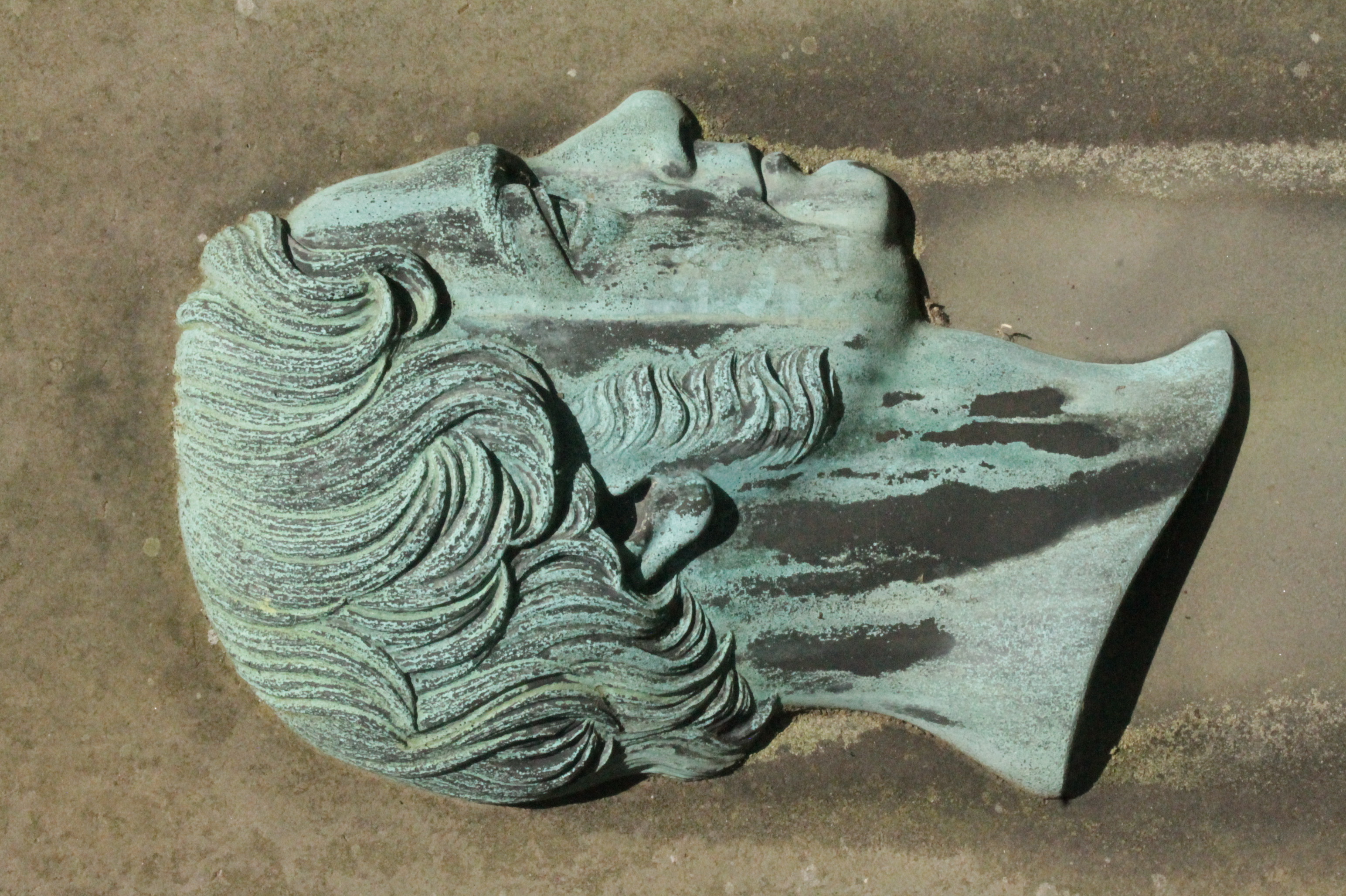John Wilson (singer) on:
[Wikipedia]
[Google]
[Amazon]
 John Wilson (1800–1849) was a Scottish singer.
John Wilson (1800–1849) was a Scottish singer.

 John Wilson (1800–1849) was a Scottish singer.
John Wilson (1800–1849) was a Scottish singer.

Life
The son of John Wilson, a coach-driver, he was born in Edinburgh on 25 December 1800. The family lived at 4 South Princes Street (later rebuilt as the Balmoral Hotel). At the age of ten he was apprenticed to a printing firm, and then engaged by the Ballantyne brothers, where he helped to set up typeface for the ''Waverley Novels
The Waverley Novels are a long series of novels by Sir Walter Scott (1771–1832). For nearly a century, they were among the most popular and widely read novels in Europe.
Because Scott did not publicly acknowledge authorship until 1827, the se ...
''. During the building of Abbotsford he was one of the armed messengers who had to ride weekly to fetch money to pay the workmen. He took up music, studied under John Mather and Benjamin Gleadhill of Edinburgh, and was a member of the choir of Duddingston
Duddingston ( sco, Duddiston) is a historic village in the east of Edinburgh, Scotland, next to Holyrood Park.
Origins and etymology
The estate wherein Duddingston Village now lies was first recorded in lands granted to the Tironensian monks ...
parish church during the ministry of John Thomson.
For some time Wilson was precentor of Roxburgh Place relief church, Edinburgh, where his tenor voice drew great crowds, and from 1825 to 1830 he held the same post at St. Mary's Church, Edinburgh. After this he concentrated on music teaching and concerts. He studied singing in Edinburgh under Finlay Dun, and afterwards in London under Gesualdo Lanza and Domenico Crivelli, taking harmony and counterpoint lessons from George Aspull. In March 1830 he appeared in Edinburgh as Harry Bertram in ''Guy Mannering'', and was subsequently engaged in other operas—notably in Michael William Balfe
Michael William Balfe (15 May 1808 – 20 October 1870) was an Irish composer, best remembered for his operas, especially ''The Bohemian Girl''.
After a short career as a violinist, Balfe pursued an operatic singing career, while he began to co ...
's, in some of which he created the principal part—at Covent Garden and Drury Lane. His acting was, however, considered stiff, and he abandoned the stage to become an exponent of Scottish song. From 1838 to 1840 he was in America appearing with Jane Shirreff, Edward and Ann Childe Seguin
Ann(e) Childe Seguin (1811–1888) was a British and American opera singer who was part of the Seguin Troupe in America. Her best known role was as the lead in ''The Bohemian Girl''.
Life
Ann Childe was born in London on 20 April 1811. Her paren ...
. Wilson appeared before Queen Victoria
Victoria (Alexandrina Victoria; 24 May 1819 – 22 January 1901) was Queen of the United Kingdom of Great Britain and Ireland from 20 June 1837 until her death in 1901. Her reign of 63 years and 216 days was longer than that of any previo ...
at Taymouth Castle
Taymouth Castle is situated to the north-east of the village of Kenmore, Perth and Kinross, in the Highlands of Scotland, in an estate which encompasses 450 acres. It lies on the south bank of the River Tay, about a mile from Loch Tay, in the ...
in 1842 when he performed ''Cam' Ye by Atholl "Cam' Ye by Atholl" is a Scottish Jacobite folk song. The words were written by James Hogg and it is traditionally sung to a tune by Neil Gow, Junior, the son of Nathaniel Gow. The song, which celebrates the Jacobite rising of 1745, takes the form ...
''.
Wilson's Scottish song entertainments, on both sides of the Atlantic, were successful financially. He died of cholera at Quebec
Quebec ( ; )According to the Canadian government, ''Québec'' (with the acute accent) is the official name in Canadian French and ''Quebec'' (without the accent) is the province's official name in Canadian English is one of the thirtee ...
on 8 July 1849. He is buried there in the Mount Vernon Cemetery. David Kennedy later restored his tomb there.
Memorials
Two memorials exist to Wilson in Edinburgh. Firstly, a memorial to three singers, including Wilson, at the Regent Road entrance toCalton Hill
Calton Hill () is a hill in central Edinburgh, Scotland, situated beyond the east end of Princes Street and included in the city's UNESCO World Heritage Site. Views of, and from, the hill are often used in photographs and paintings of the cit ...
. Secondly a huge obelisk in Dean Cemetery "erected by friends".
Works
Wilson published an edition of ''The Songs of Scotland, as sung by him at his Entertainments on Scottish Music and Song'', London, 1842, 3 vols.; and ''A Selection of Psalm Tunes, for the use of the Congregation of St. Mary's Church, Edinburgh'' (1825), in which appears the anonymous popular tune "Howard", generally attributed to him. He composed songs, notably "Love wakes and sleeps", and at his performances introduced a number that were unclaimed, but were attributed to him.Notes
Attribution {{DEFAULTSORT:Wilson, John 1800 births 1849 deaths Burials at Kensal Green Cemetery Musicians from Edinburgh 19th-century Scottish male singers Scottish Presbyterians